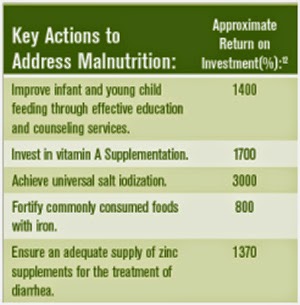Jim Grant, former Executive Director of UNICEF, visits a classroom in Bangladesh. photo: UNICEF
by Gina Olivieri, RESULTS Australia's Grassroots Engagement Manager
"Why do you provide condoms to sex workers? Why do you provide lube to men who have sex with men? Why do you exchange needles for drug users?”
These are questions often posed to our advocate friends in Kenya who are working to eliminate HIV in their communities.
The underlying assumption of questions like this, particularly in conservative settings, seems to be ‘these people are dirty, they are not worthy of your help.’
The answer given by the Kenyan advocate, incidentally, was love. They show love to all people who need their help to protect themselves and the community from a killer virus; by simply helping them without judgment.
This comment and others throughout the day got me thinking of another story. They got me thinking of the late Jim Grant, hugely influential former Executive Director of UNICEF who led the ‘child survival revolution’ throughout the 80s and 90s. Grant was often criticised for being photographed shaking hands with dictators; before or after having just met with them to discuss some sort of child survival intervention such as vaccination or oral rehydration salts.
He ‘shook hands that were stained with blood, hands that had turned the keys on political prisoners, hands that had signed away human rights, hands that were deep in the country’s till.’
This was not taken well, as many thought he shouldn’t be tainting UNICEF’s name by associating with such corrupt and even evil regimes.
Grant’s answer was as pragmatic as you would expect – “We don’t like the President so the kids don’t get immunized? You want to wait to launch the campaign until all governments are respectable?”
Grant recognised that as advocates, we don’t always get to choose who has the key to unlock interventions that can save lives. We could probably individually find a reason to avoid engaging with every single political leader or person of influence; for reasons trivially annoying to morally reprehensible.
But if we avoid engaging with them, what do we gain? And more importantly, what do we lose?
We lose the opportunity to influence somebody to be a champion for child health. Despite their evil reputations and deeds, Jim Grant was able to convince some notorious dictators that child health was important and deserving of resources. Had he not done that, those children would have been in exactly the same state as before – dying of preventable diseases or dehydration for a lack of simple, inexpensive interventions.
Our power is in our non-partisan stance. If we eliminate individuals, or even whole sides of politics from the dialogue, we miss the opportunity to build champions, who we have seen from experience, can come from surprising places. They may not be the ones we would have chosen, but they are in a place of influence. It’s our job to ensure that influence is used well.
Reference: http://www.unicef.org/about/history/files/Jim_Grant_unicef_visionary.pdf












